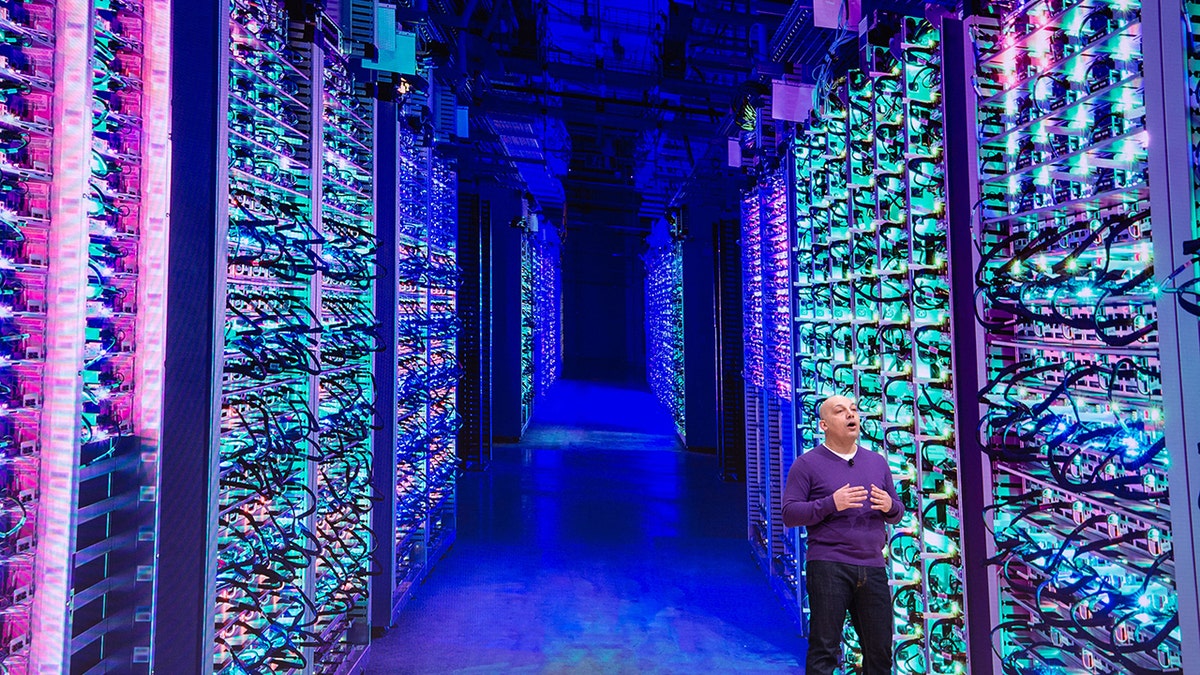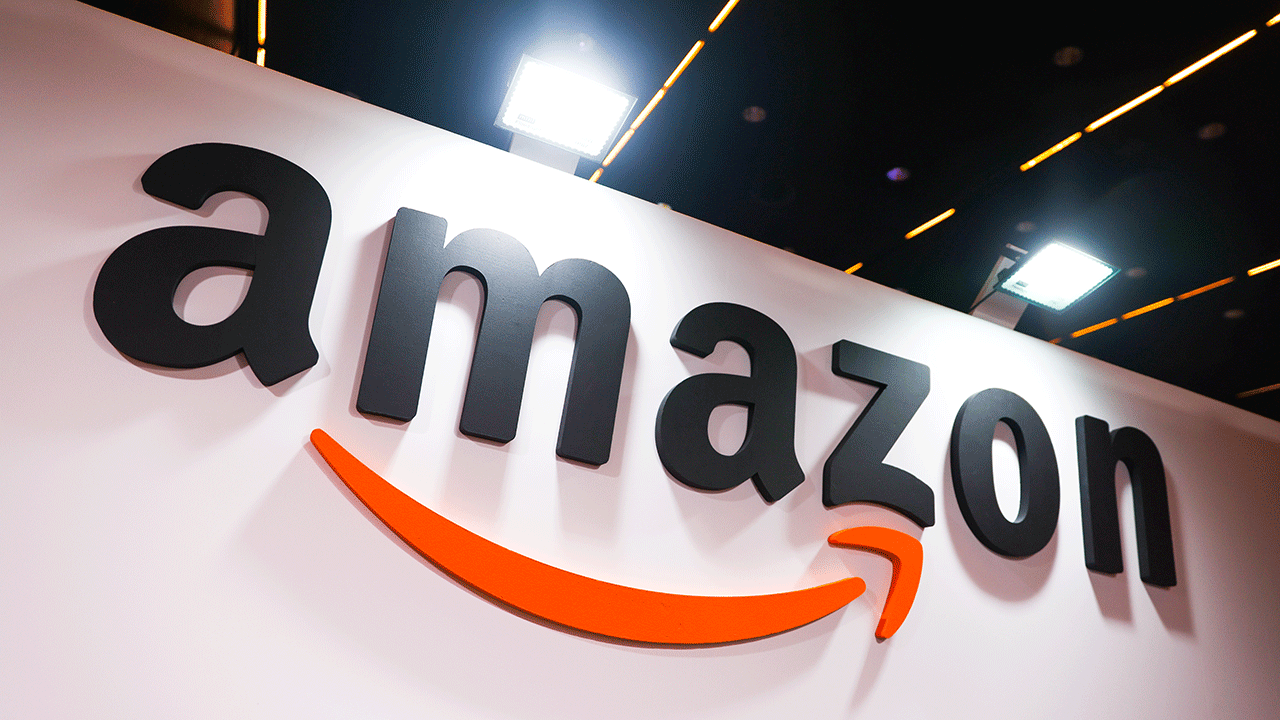Demand for digital services gives rise to hyperscale data centers
Fox News anchor Bret Baier breaks down the impact of the data centers on 'Special Report.'
Since 2010, the number of internet users around the world has more than doubled. As more people have gone online for work, school, gaming and googling, an increasing number of data centers is helping the web run quickly and efficiently.
"This digitization of our economy is a good thing, but it needs a lot of electricity," National Rural Electric Cooperative Association CEO Jim Matheson said. "We’re not keeping up with that demand in terms of increased supply in this country. But I don't think we're turning back."
A data center is a facility that houses IT infrastructure for running, building and delivering applications. Some companies may have data centers onsite. Others use cloud computing locations that are often shared by multiple customers.
"They’re incredibly energy intensive. They require a lot of power to operate," Former Federal Energy Regulatory Commission Chairman Neil Chatterjee said. "A lot of regions in the country are starting to see instances where these data centers are heavily populated."
US COMPANIES WORK TO RAMP UP DOMESTIC RARE EARTH MANUFACTURING

Server Rooms are impacting the electric grid as more data centers increase. ((George Rose/Getty Images))
Companies like Amazon Web Services, Google Cloud and IBM Cloud run what are known as hyperscale data centers. They are the largest kind of service providers and are growing rapidly in number.
"There's no question that data centers use a lot of electricity," Matheson said. "Where there's limited supply, costs are going to go up."
Data centers account for around 2% of total U.S. electricity use. Hyperscales can use as much power as 80,000 households. Of the nearly 8,000 data centers around the world, 900 are hyperscale. Those account for 37% of capacity.
"They’re putting demand on the grid and some of the utilities didn't accurately forecast the surge in demand that would occur, not just from these data centers which consume a lot of power, but they also create ancillary jobs around them that lead to residential growth."
BIDEN ADMIN AIMS TO PUSH TOWNS, CITIES TO ADOPT GREEN ENERGY BUILDING CODES: 'VERY SUSPICIOUS'

Google Cloud is one company that runs a hyperscale center. ( Josh Edelson/AFP/Getty Images)
The biggest markets in the U.S. for hyperscale data centers are Dallas, Chicago, Los Angeles and Northern Virginia. Virginia is home to around 35% of all known hyperscale data centers.
"You’re asking for a lot more load to flow through the transmission line. So if you're in an area where you've got adequate transmission, you can handle that to some degree,"" Matheson said. "But let’s face it, you can only have so much capacity on an individual electric transmission line, and you only have so much power generation in place."
Virginia’s state government and some localities offer tax exemptions for computer equipment purchased by the facilities. That has helped lead to the rapid construction increase in the region.
THE GREATEST THREAT TO AMERICA’S POWER GRID IS NOT WHAT YOU THINK

Amazon Web Services also runs a hyperscale center. (Beata Zawrzel/NurPhoto via Getty Images)
"The utility is going to have to build a lot of transmission in order to deliver that power over the long haul," Chatterjee said. "They're concerned about potential curtailments if they can't deliver that power because they didn't accurately forecast the significant surge in demand that would occur from these data centers coming into full operation."
Many hyperscale providers are also beginning to fund renewable energy projects, as areas face rising prices caused by energy supply shortages. But experts say more reliable infrastructure is needed to keep data centers online.
"Data centers run 24/7, and as I know, the sun doesn't shine 24 hours a day. So you're going to have to have always available generation to help supply these data centers in a significant way," Matheson said. "Yeah, renewable energy could be a piece of the portfolio, but not the majority of the portfolio by any means."
CLICK HERE TO GET THE FOX NEWS APP

The number of internet users around the world has more than doubled since 2010. (Getty Images)
The high energy costs of data centers are often caused by efforts to keep the equipment cool enough to perform. To combat those costs and energy use, some companies are putting data centers in the arctic. The cool climate helps keep the machines functioning with natural air and reduces energy use.
"The reality is, if you look at where the significant future capacity for clean energy is, it's in more rural areas where you don't have as much demand for power," Chatterjee said. "We need to look at our existing generation fleet and make sure that we are not prematurely retiring sources of generation that we need to keep the lights on, before we have their replacements ready to go."























